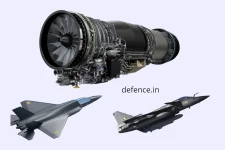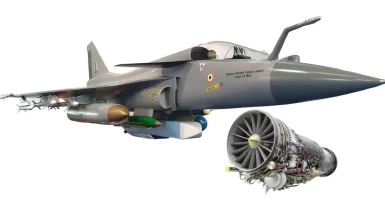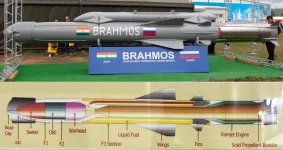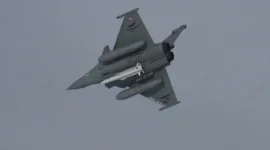- Views: 1K
- Replies: 18

The Indian Air Force (IAF) has long relied on Russian-made MiG fighters, such as the MiG-21, MiG-23, and MiG-27, which formed the backbone of its fleet for much of the late 20th century.
While initially viewed as cost-effective solutions to bolster India's air power, these aircraft ultimately impacted the IAF's squadron strength due to their faster-than-anticipated aging and operational limitations.
The MiG-21, inducted in the 1960s, was lauded for its agility, ease of maintenance, and affordability. Despite upgrades, including the MiG-21 Bison variant, the aircraft struggled to keep pace with evolving air combat tactics that emphasized beyond-visual-range engagements and advanced electronic warfare capabilities. Operational mishaps increased, highlighting the limitations of extending the MiG-21's service life beyond its intended limits.
The MiG-23 and MiG-27, both featuring variable-sweep wing designs, faced significant challenges. This complex configuration, intended to optimize performance across different flight regimes, led to structural vulnerabilities and increased maintenance demands.
The MiG-23, primarily used for interception and strikes, suffered from limited agility and engine issues, leading to its premature retirement in the early 2000s. Similarly, the MiG-27, an attack aircraft, was plagued by engine reliability problems and wing malfunctions, forcing its retirement by 2019.
The premature retirement of the MiG-23 and MiG-27, combined with the aging MiG-21 fleet, created a significant shortfall in the IAF's squadron strength, which ideally requires 42 combat squadrons for optimal operational readiness. With the phasing out of these older jets, the IAF's squadron strength dwindled to approximately 30, impacting its force projection capabilities.
While the procurement of advanced fighters like the Rafale, Tejas, and Su-30MKI has partially mitigated this gap, the IAF is accelerating indigenous development programs to reduce reliance on foreign suppliers.
To address the squadron deficit, the IAF is accelerating the procurement of the Tejas Mk1A, pushing for the rapid development of the Tejas MkII, and acquiring additional Rafale jets. The IAF is also exploring the acquisition of other multi-role fighter aircraft under the MRFA program.
The HAL Tejas, a domestically produced light combat aircraft, is expected to play a crucial role in rebuilding squadron strength and ensuring greater self-reliance in defence technology.
These initiatives are crucial to bolstering India's air power and ensuring its aerial defence capabilities remain robust in the face of evolving security challenges.




